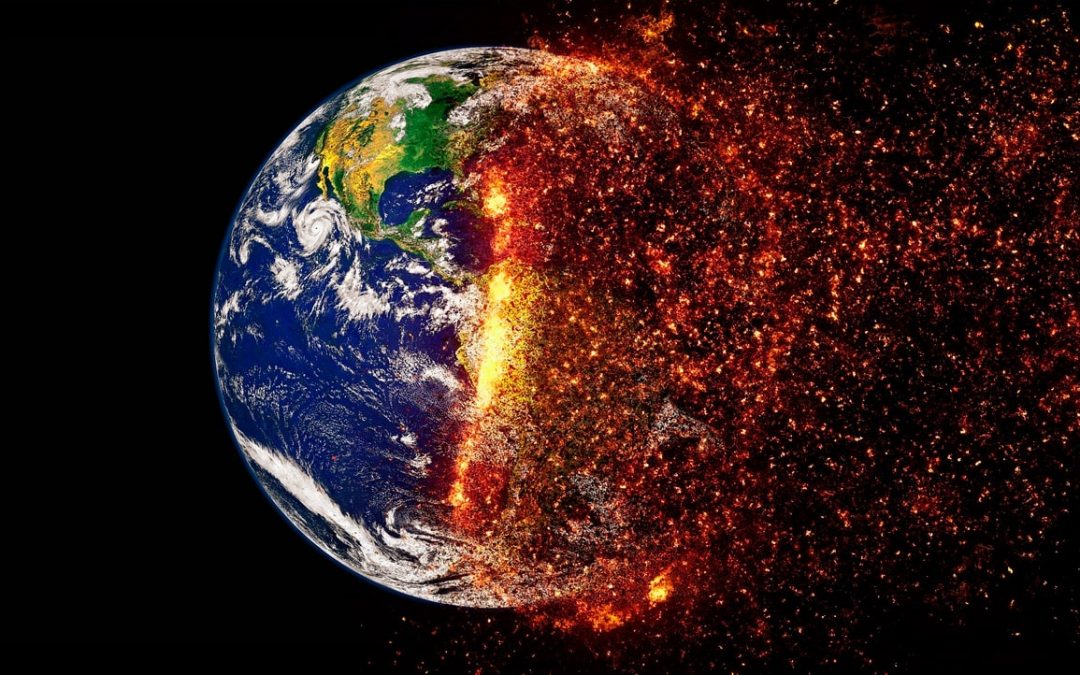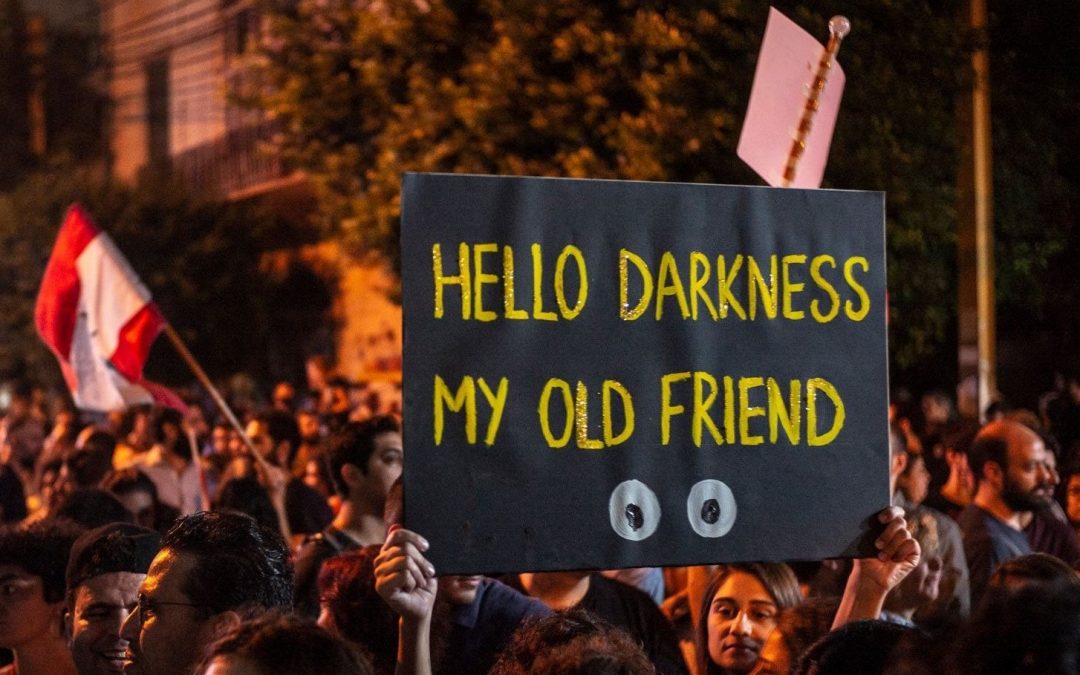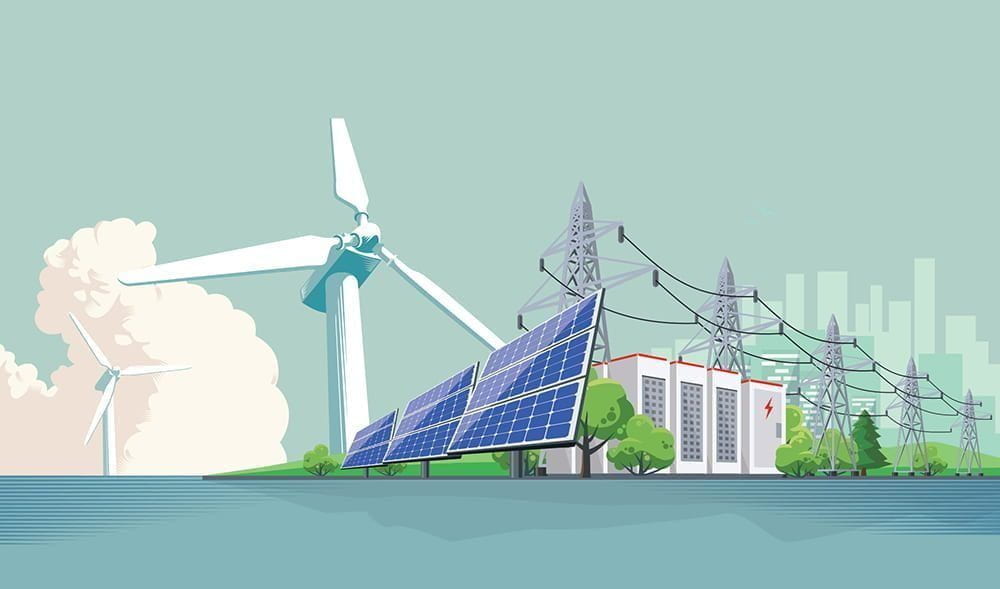
by zrm01 | Apr 15, 2022 | Uncategorized
Clean Energy and Climate Change
Switching to clean energy sources, like nuclear energy or hydraulic energy must happen as soon as possible. We all know what climate change is, and we’re all feeling it in the modern days. Having extremely cold winters, exactly like the one we just experienced in Lebanon, and very hot summers. Extreme weathers are happening all over the world, and more and more places are turning uninhabitable due to increase in sea and water levels as well as the increase in temperatures.
And the really bad news is that all of this is irreversible. And not decreasing the rate of greenhouse gas emission (the types of gases that cause climate change like carbon dioxide) will exponentially make global warming worse where no place on earth will be inhabitable.
Population is increasing at a very fast rate, forecasted to reach 8 billion by 2023. and more and more people need energy for their everyday lives. From driving cars, to using electricity at home. The current energy source used is mainly natural gas, which when combusted releases great amounts of CO2 in the air. And more land is required to be able to fit this many people.
CO2 emission from electricity production is increasing rapidly with time which is making climate change worse.
And this is mainly due to the power usage per capita. More and more energy is being required by every single person as the years pass. Combining this with the rapid population increase is a recipe for disaster in terms of greenhouse gas emission and climate change.
There are many energy sources that mankind uses in the present day, like hydraulic energy, wind energy, energy from oil and natural gases and many others. Some being renewable energy and clean energy and the others being harmful to the environment and contribute to global warming.
But when we divide them into two categories, one being clean energy sources and the other being energy sources that emit green house gases, we can clearly see the problem we are facing. Less than 20% of the total energy used around the world comes from clean energy sources. And the percentage of energy coming from clean energy sources doesn’t change with time. Meaning that we still use the same type of energy we used 50 years ago and no changes were made.
While everything is changing around us with technology, with self driving cars, phones that can do practically anything, why isn’t most of our energy coming from renewable sources.
The 17 goals set by the United Nations for sustainable development include affordable and clean energy, as well as climate action.
The question is, why aren’t we switching to clean energy sources and achieving 2 goals out of the 17 by one simple action.
Ziad Moghabghab
202224793

by Tamar Gebrael | Nov 25, 2021 | Dashboard, Visualization
How many hours do you have access to electricity? At what time are the generators turned off in your region? How much was your electricity bill last month?
These questions might sound unfamiliar for citizens in many countries. However, they became part of any discussion in Lebanon reflecting the limited access to power for the majority of the population.
Which areas suffer from this same problem?
Most of the countries having energy shortage are located in Sub-Saharan Africa. For example, in South Sudan, Burundi and Chad, less than 10% of the entire population have access to electricity

Comparing the distribution of the average access to electricity between rural and urban areas, it can be observed that urban areas have more power access. Subsequently, countries having energy deficiency should consider using international funds for the installation of power distribution systems in rural areas.
What about Lebanon?
Although this country has a very remarkable amount of water resources, its hydraulic energy production is insignificant compared to its thermal energy production. Correspondingly, decisions should be taken to make use of our rich water assets.
The map shown below represents the distribution of the power stations in Lebanon.

Source: https://www.sciencedirect.com/science/article/abs/pii/S1364032112006259
Lebanon doesn’t have enough power stations which affects the power distribution among the areas and causes loss of energy in the transmission lines. Accordingly, the government should consider creating more thermal and hydraulic energy auxiliary stations to secure an even electricity distribution among all areas.
To increase electricity access, it’s recommended that the governments of developing countries take action by using wisely the international funds for the installation of power generation plants and transmission networks to cover all population needs (in all areas), taking into consideration economical and social conditions. Transparency in government should be followed by spreading public awareness to find and support policies that manage assets like coal, oil and gas as a source of energy and income. Moreover, the use of renewable sources including hydroelectric energy is an important step to generate electricity in both rural and urban areas.
Resources:
World bank data : https://datacatalog.worldbank.org/home
Open data Lebanon: https://www.opendatalebanon.org/

by Makram noureddine | Nov 20, 2021 | Dashboard, Visualization
In a world where access to electricity is no longer considered a privilege but a basic human right, many Arab counties are still struggling in providing electricity access to their people. Even though the Arab world is often associated with energy wealth in terms of oil gas production, not all the population has access to electricity. Many Arab Countries such as Comoros, Yemen, Djibouti, Sudan, Somalia, & South Sudan, are still lagging behind in terms of the population access to electricity.
However, it is important to distinguish between access to electricity and its availability. For example, in counties such as Lebanon, Syria, and West Ghaza, most of the population has access to the electricity grid, but it is not always available. Private generators are considered as an alternative solution to provide power, as rolling blackouts are common.
Global institutions including the World Bank and International Energy Agency are all working towards global solutions to help less developed countries in their struggles towards proving electricity to their people. By 2030, the United Nations sets a goal to measure progress against its Sustainable Development Goal #7—“affordable, reliable, sustainable and modern energy for all”.

by khh16 | May 13, 2021 | Dashboard
“I want people, when they realize they have been wrong about the world, to feel not embarrassment, but that childlike sense of wonder, inspiration, and curiosity that I remember from the circus, and that I still get every time I discover I have been wrong: “Wow, how is that even possible?”
― Hans Rosling, Factfulness: Ten Reasons We’re Wrong About the World—and Why Things Are Better Than You Think
Air pollution has always been an environmental health threat and a problem that countries suffer from until today. Our analysis starts with an interactive Gapminder followed by a brief discussion about Air pollution between two countries Sweden and South Africa .
Each caption will guide you to our main objective that is: Air pollution affects Life expectancies of countries like South Africa where they are subject to a less clean Air (nearly 1 million deaths in Africa are caused by Air pollution).As Hans Rosling stated: Yes we should be embarrassed .Solving this crucial problem remains a big challenge for all the countries. Therefore, a collective work from citizens and government is much needed to build cleaner, greener and sustainable cities.

by Sarah El Moughrabi | May 10, 2021 | Dashboard
For the longest time, non-renewable energy production has been associated with power and wealth. While that remains apparent in the few nations that reap its bounty, another – uglier – side of the non-renewable energy production is coming more and more to light. Non-renewable energy production is the ultimate double edged sword: not only does it exhaust scarce natural resources, but it also results in greenhouse gas emissions that trap heat in the earth’s surface. As more non-renewable fuels are burned for electricity, our planet continues to heat, and a web of harmful reactions ensues.
The dashboard below explores trends in renewable electricity production among the top 5 producers of renewable energy. Compared to non-renewable energy, renewable energy produces minimal to no greenhouse gas emissions, making it an effective means to preserve natural resources, address global warming, and diversify energy supply.
Insights reveal that while renewable energy production is growing, non-renewable energy remains the main source of electricity production. To accelerate the growth in green energy production, governments must play a role in incentivizing its production and use, through anything from guaranteeing feed-in tariffs and providing interest free loans on setup costs, to further regulating CO2 emissions.






